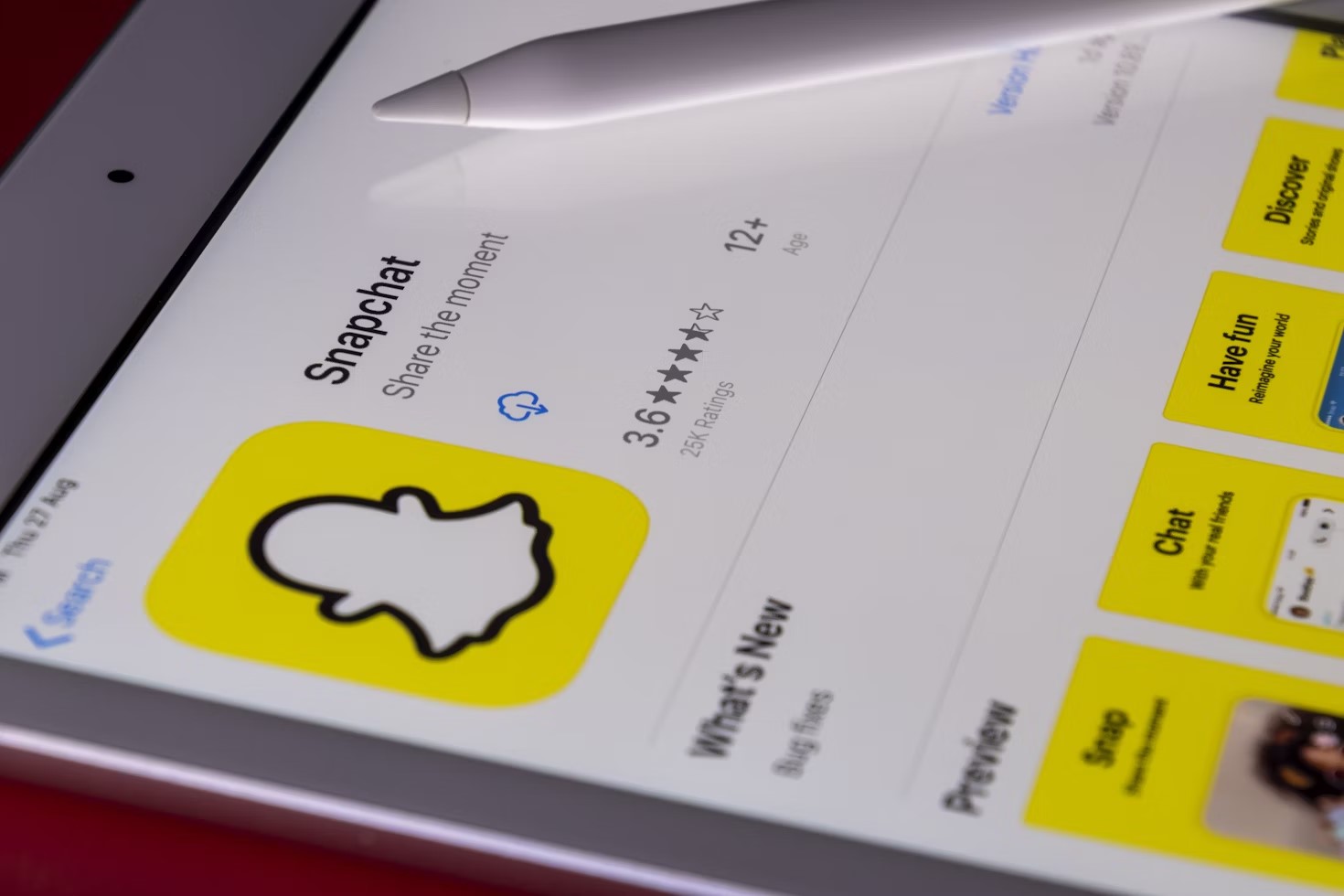In today’s highly connected world, businesses need to reach customers across a variety of platforms, both online and offline. An omnichannel strategy integrates all these touchpoints to create a seamless and consistent customer experience. Whether your customers interact with your brand via social media, your website, email, or even in-person, your goal is to ensure a smooth, unified experience.
But how exactly do you build such a strategy? In this guide, we’ll explore the steps to build an effective omnichannel strategy that not only enhances customer engagement but also boosts brand loyalty and sales.
Understanding the Importance of Omnichannel Strategy
Before diving into the specifics of how to create an omnichannel strategy, it’s crucial to understand why it’s so important. Today’s customers expect to interact with brands in multiple ways and across different platforms. Gone are the days when a business could focus solely on one or two channels. Whether through mobile apps, social media, email newsletters, or physical stores, customers want consistency and the flexibility to interact with your brand wherever they are.
An effective omnichannel strategy ensures that all these interactions are connected and cohesive. By doing so, businesses can deliver a personalized experience that meets customers’ preferences, drives loyalty, and increases the likelihood of repeat purchases. This level of integration leads to a more efficient marketing strategy, better data collection, and a deeper understanding of customer behavior.
Step 1: Know Your Audience and Their Behavior
The first step in creating an effective omnichannel strategy is understanding your audience. Each customer interacts with your brand in unique ways. Some may prefer to browse on their mobile devices, while others prefer using a laptop. Some customers may engage with you on social media first, then make a purchase in your physical store, while others may go the opposite route.
To understand these behaviors, analyze your customer data across various touchpoints. This includes looking at metrics like:
- Customer demographics: Age, gender, location, etc.
- Preferred platforms: Mobile apps, social media, email, etc.
- Purchase behavior: Online vs in-store shopping, frequency of purchases, time spent on each platform.
Understanding these patterns will allow you to prioritize which channels need the most attention and where your customers are most likely to engage with you.
Step 2: Integrate Technology and Tools
Once you have a deep understanding of your customer behavior, the next step is to ensure that your technology stack is capable of supporting an omnichannel approach. This includes integrating various platforms, tools, and technologies that will help you deliver a seamless experience. Here are some key technologies that can help:
- Customer Relationship Management (CRM) Systems: A CRM system will allow you to track customer interactions across different touchpoints and personalize communication based on their behavior.
- Marketing Automation Tools: These tools help in sending timely and relevant messages, whether it’s an email reminder, a push notification, or a special offer through your app.
- Analytics Software: Using analytics tools will give you real-time insights into customer behavior, helping you make informed decisions about where to focus your resources.
Make sure that all these tools are integrated so that they can communicate with each other. This ensures that you can track and manage customer data efficiently, giving you a comprehensive view of the customer journey.
Step 3: Create a Consistent Brand Experience Across All Channels
The key to an effective omnichannel strategy is consistency. Your brand should look, feel, and sound the same across all platforms. Whether a customer is engaging with you on Instagram, visiting your website, or shopping in-store, the experience should be seamless and reflect the same values, tone, and messaging.
This consistency not only makes your brand more recognizable but also builds trust with your customers. For example, if a customer follows your brand on Instagram and then visits your website, they should be able to recognize the same design, messaging, and offers. This creates a cohesive experience that reinforces your brand identity at every touchpoint.
Here are a few ways to maintain consistency:
- Design: Ensure that your website, mobile apps, social media pages, and in-store visuals are consistent with your branding elements, such as colors, fonts, and logos.
- Tone of Voice: Whether in email marketing, social media posts, or customer support, use the same friendly, professional, or casual tone throughout.
- Messaging: Ensure that your brand values and unique selling propositions are communicated consistently, regardless of the platform.
Step 4: Personalize the Customer Journey
Personalization is a key component of any successful omnichannel strategy. Customers expect brands to know their preferences and deliver content and offers tailored to their needs. The goal is to provide a personalized experience that not only meets the customer’s expectations but exceeds them.
To create a personalized experience, leverage the customer data you’ve collected. Use this data to:
- Send personalized recommendations: Based on past purchases or browsing history, suggest products or services that might interest the customer.
- Targeted offers and promotions: Offer discounts or special deals based on customer preferences or behavior. For example, if a customer has abandoned their cart, send them a reminder email with a special offer.
- Dynamic content: On your website or app, show relevant content that aligns with a customer’s previous interactions, whether it’s product suggestions or promotional banners.
Personalization not only improves the customer experience but also boosts engagement and conversions, making it a critical part of your omnichannel strategy.
An extra tip: An all in one community platform helps connect with customers and gather more insights based on their interactions.
Step 5: Provide Seamless Cross-Channel Support
One of the most challenging aspects of building an omnichannel strategy is providing support that spans all channels. Customers may have questions or issues while interacting with your brand on different platforms, and they expect to be able to resolve them quickly, no matter where they are.
This means that your support team must be equipped to handle inquiries from various channels such as social media, live chat, email, phone, and in-store. Here are some best practices to ensure seamless support:
- Omnichannel Support Platforms: Use customer support platforms that allow agents to manage multiple channels from a single interface. This helps your team respond faster and keep track of customer issues.
- 24/7 Support: Offer round-the-clock customer support, especially if your brand operates internationally or across different time zones.
- Knowledge Base: Provide customers with easy access to FAQs, tutorials, and troubleshooting guides on your website or app, helping them find solutions independently.
Step 6: Measure, Analyze, and Optimize
Building an effective omnichannel strategy doesn’t stop after you’ve launched. It’s important to continuously measure, analyze, and optimize your strategy to ensure it’s driving the results you want. Use analytics tools to track customer behavior, monitor performance across channels, and identify any gaps or friction points.
Key metrics to track include:
- Customer retention rates
- Conversion rates
- Average order value
- Customer satisfaction scores
Based on these insights, make adjustments to improve the customer experience. This might involve fine-tuning your messaging, adding new channels, or optimizing existing ones for better performance.
Conclusion
Building an effective omnichannel strategy is essential for businesses that want to stay competitive in today’s customer-centric landscape. By understanding your audience, integrating the right tools, creating a consistent brand experience, personalizing the customer journey, and providing cross-channel support, you can create a strategy that drives engagement and loyalty.
Remember, the key to success lies in constantly optimizing your approach based on customer feedback and performance metrics. With the right omnichannel strategy in place, your business will be well-positioned to thrive in a highly interconnected world.


